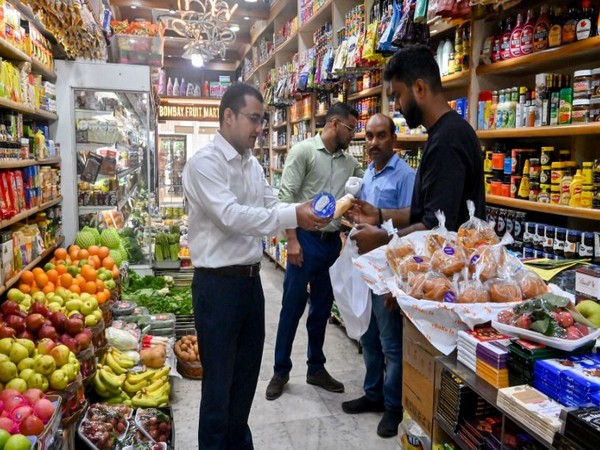Quick Commerce Surge: A Threat to India's Traditional Kirana Stores
A report by Datum highlights the decline of traditional Kirana stores' market share in India, as quick commerce platforms gain popularity. The market share for Kirana stores is projected to drop from 95% in 2018 to 88.9% by 2028, signaling a significant shift in consumer preference towards online grocery shopping.

- Country:
- India
The market share of India's traditional Kirana stores is experiencing a notable decline, facing competition from quick commerce platforms, according to a recent Datum report. The report indicates that Kirana stores' market share fell from 95 percent in 2018 to 92.6 percent in 2023, and it's projected to drop to 88.9 percent by 2028, revealing a growing consumer shift towards online grocery shopping.
Quick commerce is anticipated to witness a 74 percent growth in 2024, positioning it as the fastest-growing retail channel over the 2023-28 period. With a compound annual growth rate (CAGR) of 48 percent, quick commerce is set to transform the grocery market landscape, promoting a channel shift from Kirana to online grocery services.
The report highlights significant impacts on Kirana stores, stating that 46 percent of quick commerce users have decreased their Kirana store purchases. Additionally, over 82 percent of buyers have transitioned at least 25 percent of their purchases from Kirana stores to quick commerce platforms, and 5 percent of respondents have entirely stopped buying from Kirana outlets.
Before quick commerce, Kirana stores were the preferred choice for unplanned grocery buys due to their strategic locations and flexible hours. However, USD 1.28 billion worth of Kirana sales is expected to transition to quick commerce in 2024, comprising 21 percent of the latter's total sales, as quick commerce platforms offer cost-effective operations by replacing traditional intermediaries with efficient delivery systems.
As long as delivery costs remain below the savings achieved through channel consolidation, quick commerce can maintain competitive pricing, further weakening Kirana stores' market dominance. This shift demonstrates the challenges faced by Kirana stores in adapting to consumers' evolving preferences driven by convenience and cost-efficiency offered by quick commerce platforms.
(With inputs from agencies.)










